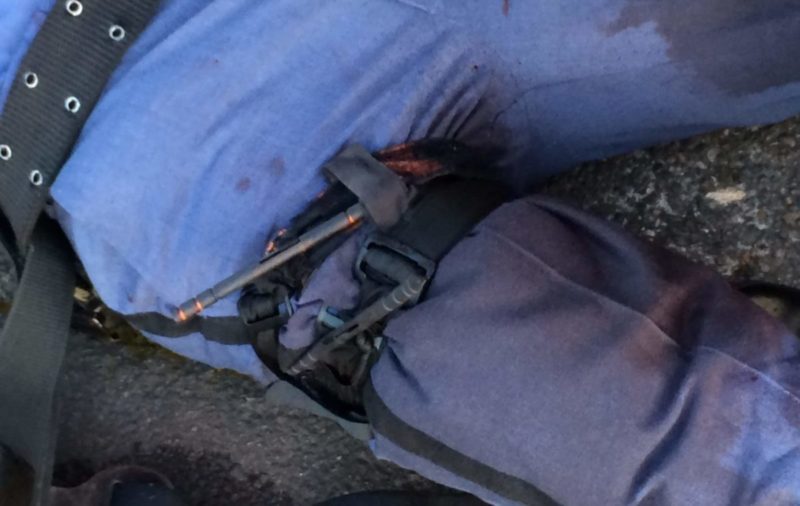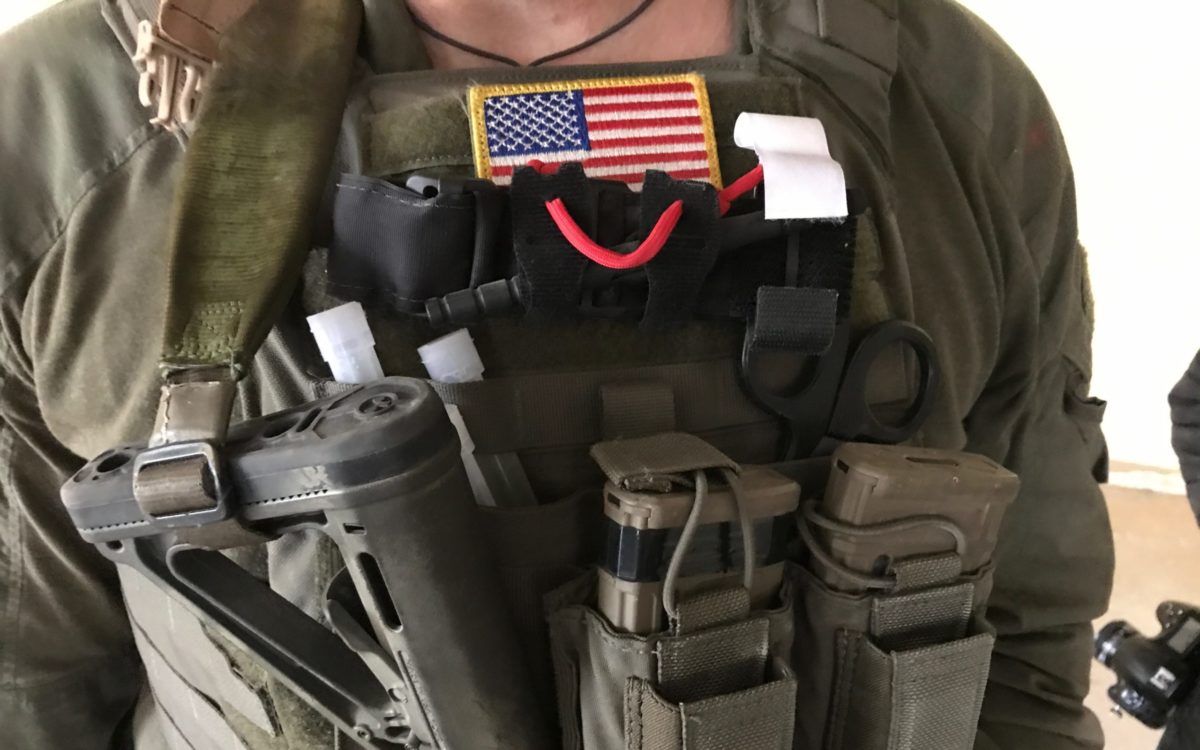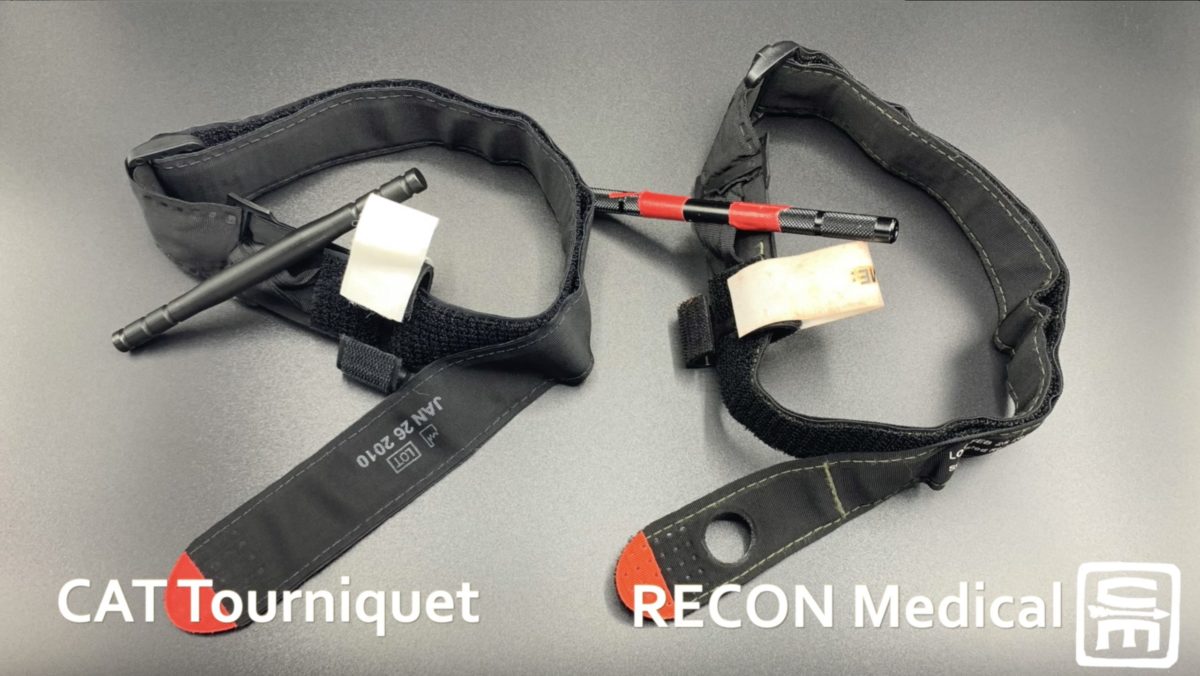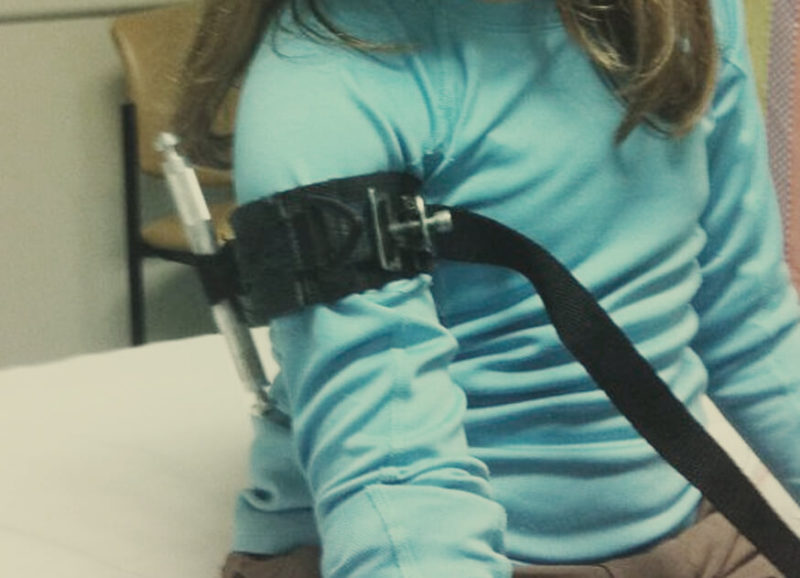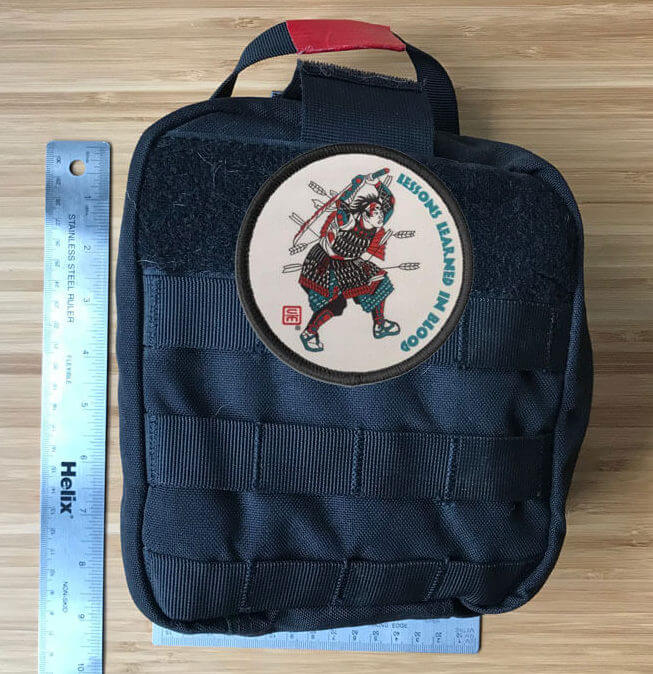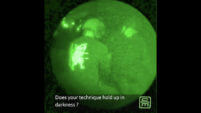If you are going to carry a tourniquet, we feel two is the minimum load-out carried on the body. The best data available indicates a 70% occlusion rate of a single tourniquet on a volunteer thigh. This successful occlusion can …
We want people and organizations to understand what medical equipment they need, what they should purchase, and equally importantly, what to avoid.
- We don’t sell gear and don’t get kickbacks when students buy gear we believe is supported by the medical literature.
- We train people who want to help in emergencies, especially those in high-risk environments.
We want everyone to get the training and supplies they need to be Force Multipliers for Good and make our communities more resilient.
CAT Environmental Breakage We receive frequent questions about shelf-life and environmental degradation of tourniquets. There has been some discussion in the US Department of Defense about declaring a five-year self-life for new, unused commercial tourniquets in the inventory. Certainly, even …
In concept, any non-elastic material wrapped circumferentially around a limb and tightened should be able to generate enough pressure to occlude arterial flow and act as a tourniquet. Although there are numerous tourniquets on the market that aren’t counterfeit (a …
Jacob Hall, 6 years old, died of a femoral artery laceration after being shot by a 14-year-old while he was at recess at his school. Another student and a teacher were wounded. Would a tourniquet have worked to save him? …
One thing you figure out quickly in Army Special Forces is that if you get a bigger rucksack, you will always find things to put in it: Whether those things need to be there or not. The same thing happens …
Managing casualties in darkness is always challenging. Typical prehospital casualty evaluation is mainly done visually with some palpation. Blood is difficult to see in lowlight settings. This has led tactical medical providers to try various strategies to care for casualties …

